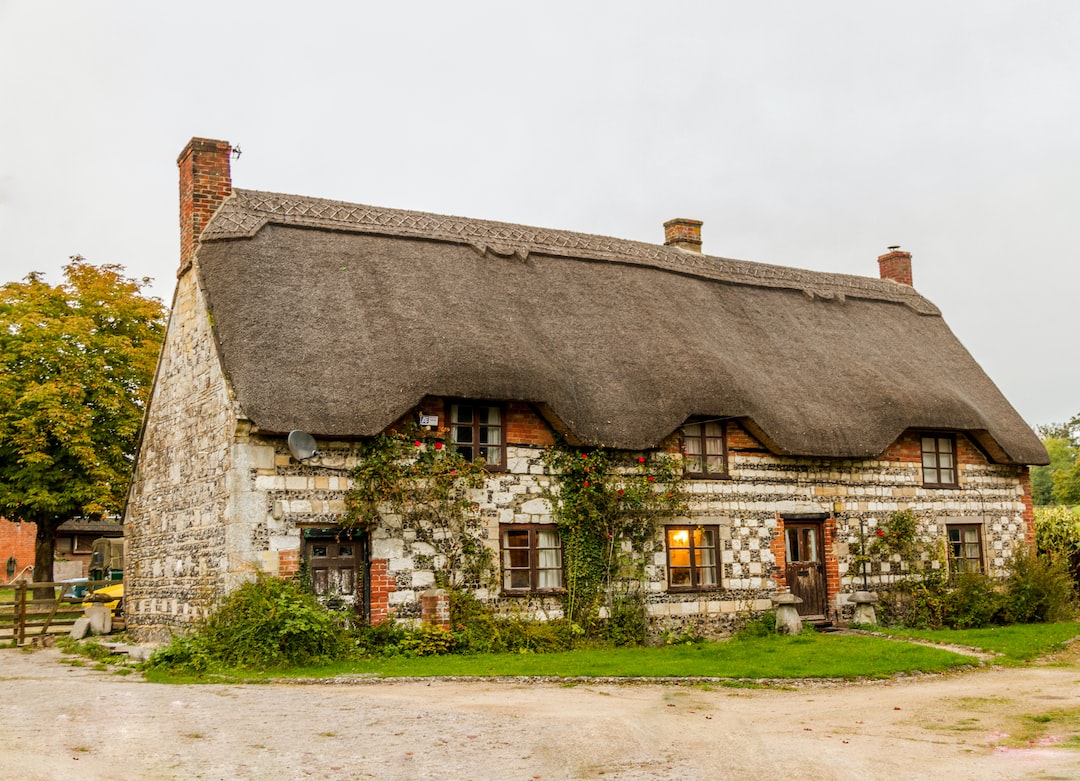When it comes to designing or renovating your living space, one of the most crucial decisions you have to make is choosing the right flooring option. Flooring not only sets the tone for the entire room but also affects its functionality and maintenance. With an array of options available in the market, let’s weigh the pros and cons of a few popular flooring choices to help you make an informed decision.
Hardwood flooring is a classic and timeless option that adds warmth and elegance to any room. Its natural beauty and character make it highly desirable among homeowners. Hardwood floors are durable and can last for decades if properly maintained. Additionally, they can be refinished multiple times to restore their original beauty. The main disadvantage of hardwood flooring is its susceptibility to scratches and dents. Pets and high-heeled shoes can easily damage the surface, which may require frequent repairs.
Laminate flooring is an affordable alternative to hardwood that imitates the look of natural wood. It is highly resistant to stains, fading, and scratches, making it a popular choice for families with young children or pets. Laminate is also easy to install and maintain, as it does not require polishing or refinishing. However, its synthetic nature can give it a slightly artificial look, and it does not offer the same level of authenticity as real wood flooring.
For those seeking a modern and sophisticated flooring option, consider choosing tile flooring. Tiles are available in a variety of materials such as ceramic, porcelain, or natural stone. They are resistant to water, stains, and wear and tear, making them perfect for kitchens, bathrooms, and high-traffic areas. Tile flooring is also relatively easy to clean and does not require specialized cleaners. However, the cold and hard surface of tiles can be uncomfortable to stand or walk on for long periods. Additionally, the installation process can be time-consuming and costly.
Another popular flooring option for homeowners is carpet. Carpets provide comfort, insulation, and soundproofing, making them ideal for bedrooms and cozy living rooms. They are available in various colors, patterns, and textures, allowing you to customize your space to suit your style. Carpets also provide a soft surface that is gentle on joints and can reduce the risk of injury from falls. However, carpets are prone to staining and require regular vacuuming and deep cleaning to maintain hygiene. They may also trap allergens and can be expensive to replace if damaged.
Vinyl flooring has become increasingly popular due to its affordability, durability, and versatility. It is available in a wide range of patterns, colors, and styles that can mimic the appearance of natural materials. Vinyl is water-resistant, easy to clean, and suitable for high-moisture areas such as kitchens and bathrooms. However, some vinyl flooring products may emit volatile organic compounds (VOCs), which can negatively impact indoor air quality. It is essential to choose low-VOC or eco-friendly vinyl options to minimize these health risks.
In conclusion, each flooring option has its own set of advantages and disadvantages. The choice ultimately depends on your personal style, budget, and lifestyle. Consider factors such as durability, maintenance, aesthetics, and comfort before making a decision. Don’t hesitate to seek professional advice or visit physical showrooms to get a sense of the different flooring materials and their suitability for your home. By weighing the pros and cons of different flooring options, you can ensure the perfect foundation for your dream space.
